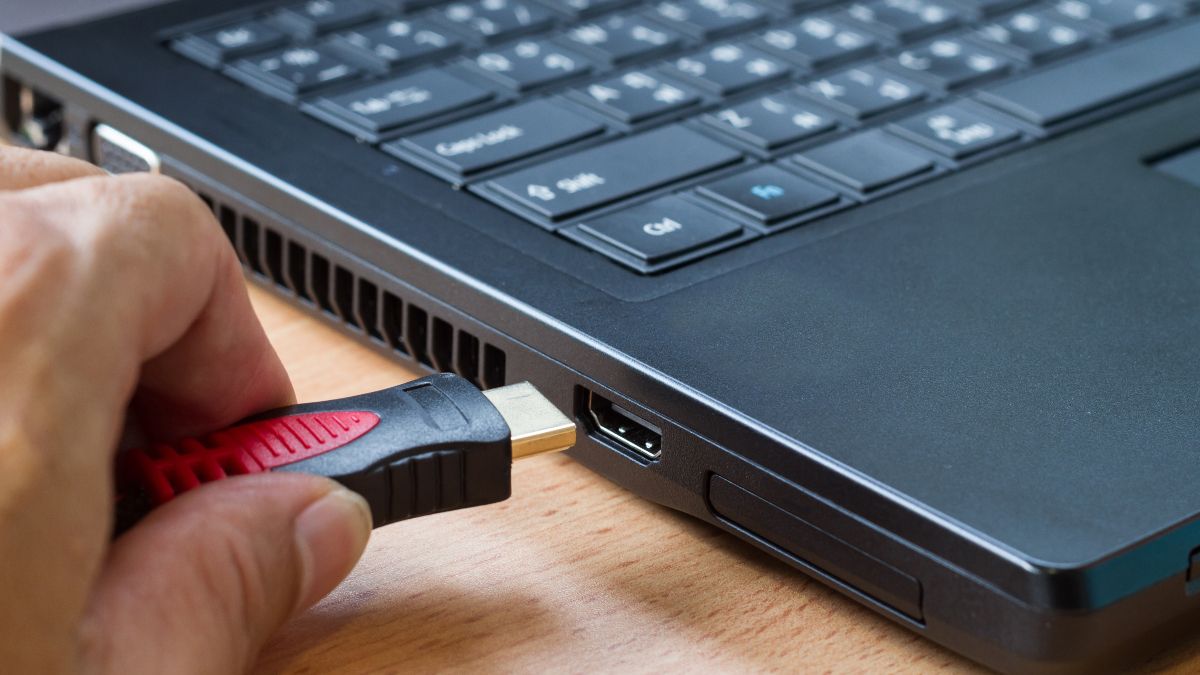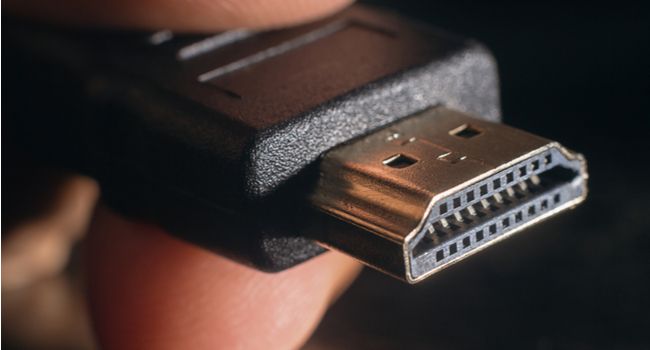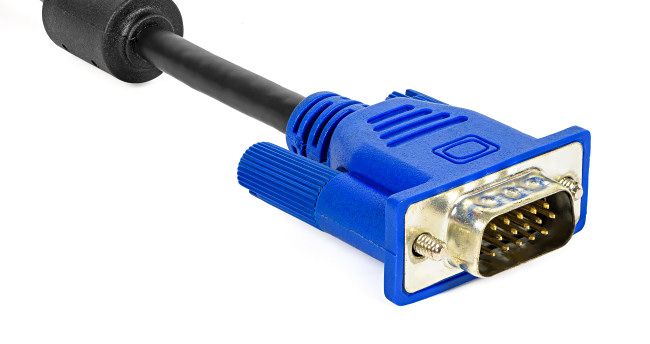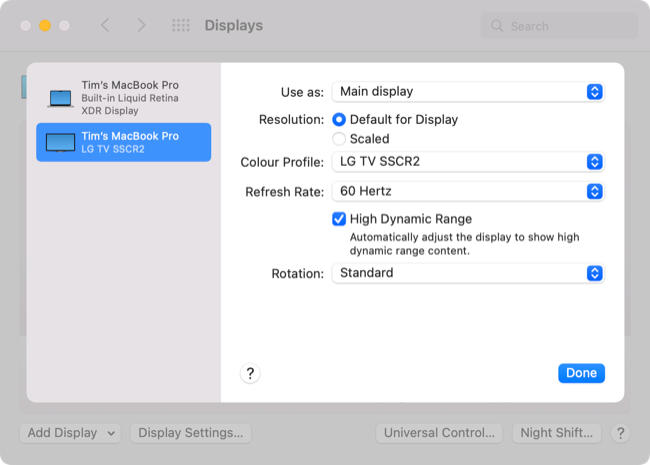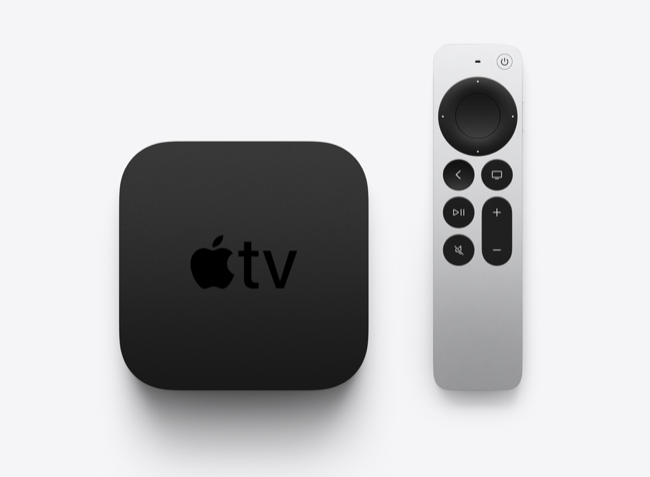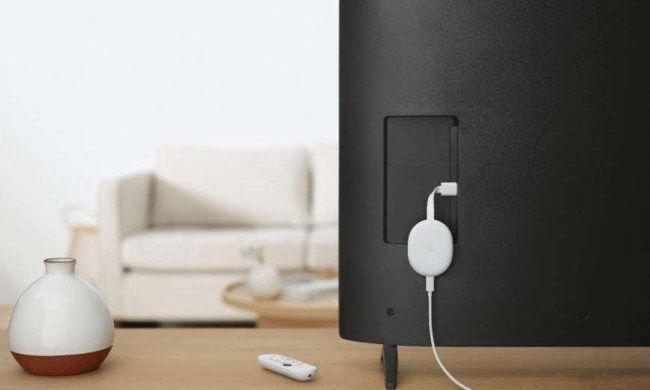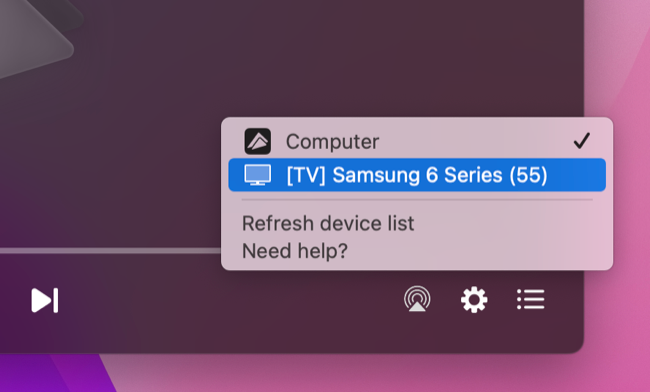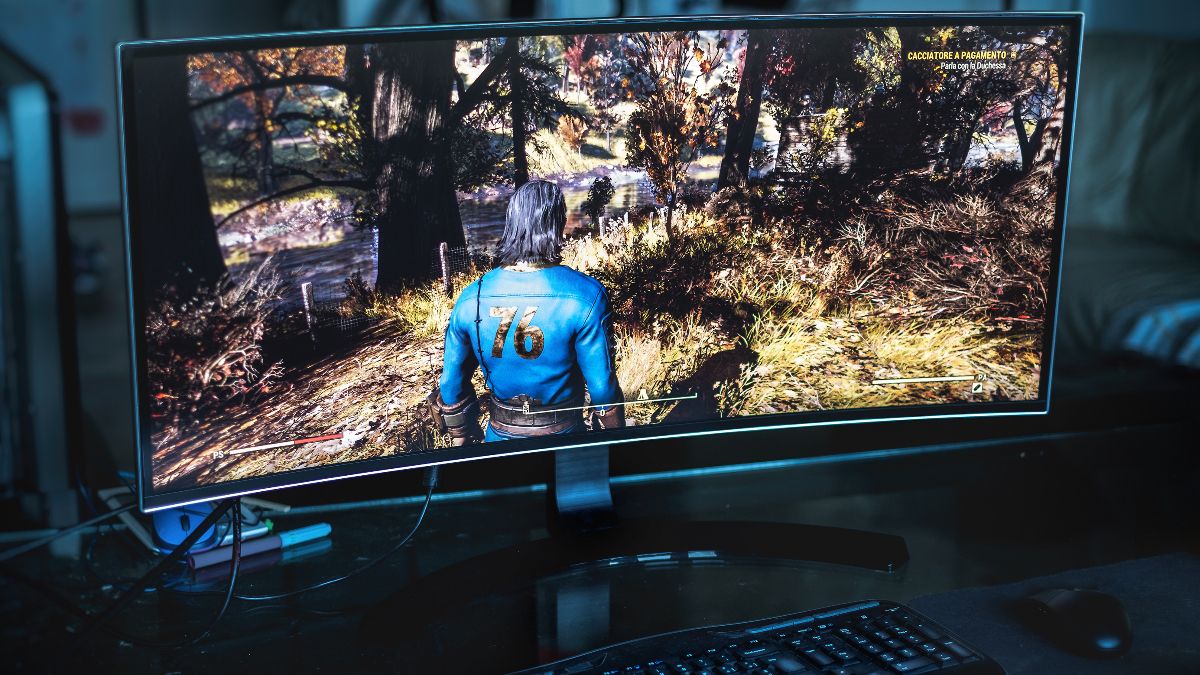Quick Links
A simple connection stands between you and enjoying your favorite movie on the big screen or using a spare TV as a secondary monitor for work. Here are some tips for connecting your laptop to a TV using a cable or a wireless connection.
Connecting to a TV with a Cable
The most common connection type for modern TVs is the HDMI cable, a digital standard that carries both video and audio. The older HDMI 2.0b standard has enough bandwidth for 4K resolutions at 60Hz (with HDR signals), while newer HDMI 2.1 or better devices can do 4K at 120Hz or 8K at 60Hz (and more).
Many newer TVs are restricted to HDMI inputs since they dropped the analog circuitry required by older mediums. Fortunately, this type of output is common, with many laptops having a full-sized HDMI output or a smaller Micro HDMI port instead.
Fortunately, these ports can be used with Micro HDMI to HDMI adapters or cables that feature both connection sizes.
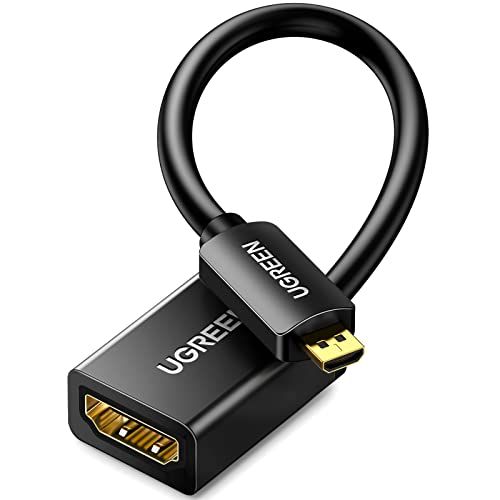
UGREEN Micro HDMI to HDMI Adapter, Male to Female Cable HDMI 2.0 4K@60Hz HDR 3D Dolby 18Gbps High Speed Compatible with Raspberry Pi 4/GoPro Hero 7 6/Sony A6000 Camera/Retroid Pocket 2+, 0.6FT
Bridge the gap between your laptop's Micro HDMI port and your TV's HDMI input (don't forget to buy a full-sized HDMI cable too).
If your laptop doesn't have an HDMI port, you might need to use an adapter like a USB-C to HDMI instead. This is the case with many MacBook models since Apple fully embraced dongles in favor of ports before backtracking with its 2021 MacBook Pro.
The other "common" connector of choice that has traditionally been used on televisions is the VGA connector. This older analog connection was once the connector of choice for computer monitors. Newer TVs won't have this connection type, and neither will newer laptops.
On an older TV, the VGA port is often labeled as the "PC" input. If you have a newer laptop with an HDMI output, you can use an HDMI to VGA adapter or get a USB-C Multiport Adapter with VGA instead.
Since VGA only carries video, no sound will be carried through to the TV. There are very few reasons to use VGA instead of HDMI, so opt for HDMI whenever possible.
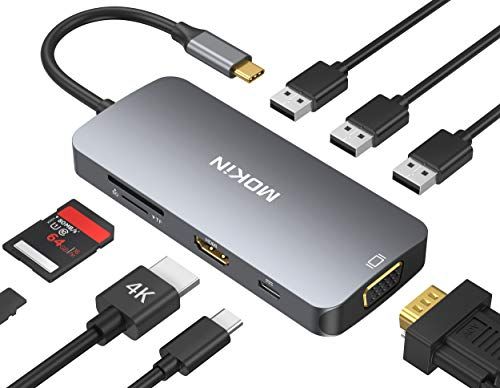
USB C Hub Multiport USB C Adapter for MacBook Pro 2021 2020,USB C Hub USB C to HDMI VGA SD TF Card Reader 3USB 3.0 and USB C Power Pass-Through Port
Add VGA and a ton of other ports to your MacBook with this USB-C multiport adapter.
Connecting is relatively simple once you've chosen your cable type. Simply plug your cable into your laptop and stick the other end in the relevant port on your TV.
With your laptop powered on, turn on the TV and use the remote to switch to the correct input method (you'll see this listed next to the port you used on the TV). You should see your desktop appear on the TV, though there may be other settings to change before things work as you'd expect.
Configure Your Display Preferences
Take a moment to configure your TV so that the resolution, orientation, and positioning are correct. On Windows, you can go to Start > Settings > System > Display to see your display listed and change the resolution, orientation, and how the display acts under the "Multiple displays" drop-down.
If you don't see your TV listed and nothing shows up, click Detect and wait. Once you've detected your TV, you can set up the positioning of it, so the display appears in the correct position when you move your mouse.
On a Mac, you can do the same under System Preferences (System Settings) > Displays > Display Settings. Click on your TV as it appears in the sidebar, then choose a resolution, refresh rate, and toggle HDR mode if available.
You can reposition your displays by clicking and dragging under the standard "Displays" preference panel.
Connecting to a TV Wirelessly
Wireless connections are more convenient because they require no cables. However, they do provide an unstable experience at times. Bandwidth is limited over wireless connections, so image quality and playback quality may suffer. Interference from nearby devices can also affect these connections.
On a Mac, you can use AirPlay to mirror your whole display to an AirPlay device like an Apple TV (the set-top box, not the streaming subscription). Many new TVs already support AirPlay without the need for an Apple TV.
To make a connection, click on the Control Center icon in the menu bar at the top of your Mac's screen and select "Screen Mirroring," followed by the device you want to mirror to.
Using the Chrome browser, you can also use a Chromecast with a Windows or macOS device to "cast" content from your laptop. This works with browser tabs, Chromecast-enabled sites, and Chromecast-enabled apps.
You can cast your entire Windows 11 desktop with a Chromecast or stick to content like tabs and files instead.
Another option is to use Intel's WiDi or the open standard Miracast. Support depends on which TV you have. Some models connect by adding the TV as a Bluetooth device (as per Samsung or Sony).
Microsoft has its own instructions for connecting to Miracast devices with Windows 10 and 11. The instructions involve using the "Cast" option that appears under the Network icon in the taskbar.
Use DLNA/UPnP for Video Content
If you're trying to watch video content on your TV using your laptop, there may be a better way to do it than using cables or wireless technology like AirPlay or Miracast.
Streaming media over your local network using Digital Network Living Alliance (DLNA) or Universal Plug and Play (UPnP) is easy and should work fine as long as your network can handle the bandwidth.
Setting this up involves turning on media streaming under the Windows settings or installing an app like Plex or Universal Media Server instead. You can also use media players like Elmedia Player to "cast" to receivers of your choice.
Set up and configure your "server" to share specific folders, then access them on your TV over the network (often appearing in the "Input" list). Most TVs with Wi-Fi from the last 15 years or so will support this streaming method.
Drawbacks to Using a TV with Your Laptop
TVs have the benefit of size when compared with most monitors. They're great for watching movies and playing games, and they're ideal if you're going to be sitting a fair distance away. If you've got a spare TV you want to put to use, plugging in your laptop and watching YouTube or running a few emulators is a great idea.
However, there are some drawbacks. To start, a TV is rarely a suitable replacement for a monitor. Pixel density is much lower on TVs since the panels are bigger and designed to be viewed from a greater distance. This means you're more likely to be able to make out individual pixels when sitting close.
Text rendering is also generally quite poor on a TV compared to a monitor. This is due to the way sub-pixel layouts differ on TVs. Monitors are specifically designed to make text look crisp.
There's also the issue of size, with many TVs requiring bigger stands that take up loads of desk space. Unless you can wall mount, a large monitor (like an ultrawide) might be a better choice.
Of course, there are exceptions to the rule (with LG now producing a 42-inch C2 OLED that works well as a monitor). But if you're going to be doing a lot of "monitor work," like browsing the web or staring at spreadsheets, use a monitor instead.
Still Want to Buy a TV?
You should probably buy a monitor if your primary concern is extending your laptop over more than one display for productivity reasons. Yet, if you're interested in getting a new TV for gaming or want something for watching movies and other content while occasionally plugging in your laptop, check out our guide to buying a TV.
Once you've done that, take a look at our best TV recommendations, gaming TV recommendations, and budget TV recommendations to help you make an informed decision.

